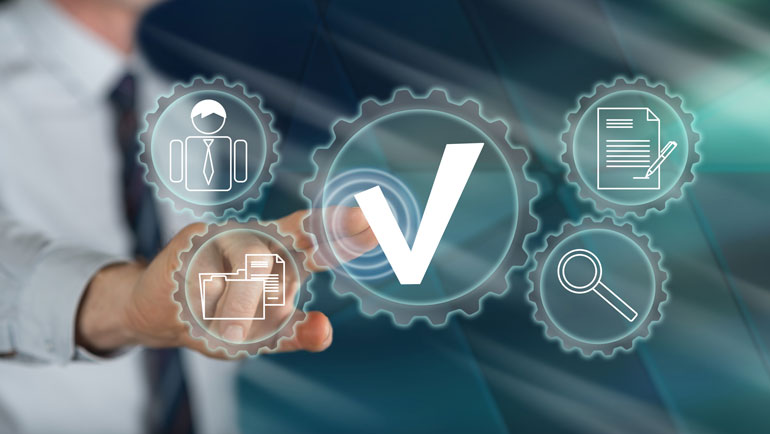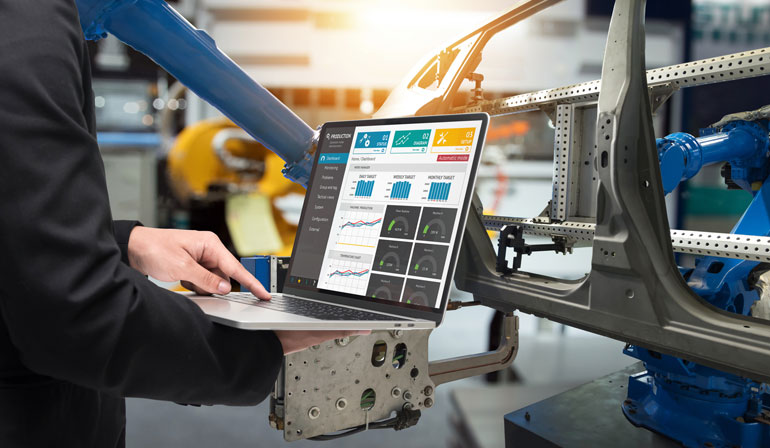Managing changes to your business content can seem to be a daunting task. Getting the appropriate approvals can be fraught with uncertainties. Making sure the correct documents are linked to the change requests, managing the changes, and routing the documents around your organization can take an inordinate amount of time. However, Document Change Management with ENSUR can ease your burdens. Purpose-built to work the way your organization works, whether it’s change requests of existing current content or change orders forms of revised documents, ENSUR’S change control software manages the process for you.
ENSUR helps you:
- Get approvals to change current content with change requests
- Manage changes to multiple documents with a change order so they are reviewed, approved, and made current as a synchronized group
- Identify the reference documents
- Quantify the cost impact
- Categorize your changes
- Document the reason for change
- Create a thorough description of the changes to your documents
- Add comments to support the review and approval
- Attach affected documents through unique Change Links
- Create default routings for different categories of changes
- Modify the routings of documents that require one-off reviews or approvals
Flexibility and configurability are the foundations of ENSUR’S change control software. Having all your business content in ENSUR allows businesses the ability to manage the change of their Intellectual Property with ease. Using our mature Document Change Management module, you will find manual routing with staples and paper clips unnecessary. Automatic notifications, CO links and Supporting Materials electronically manage the entire Change Control process. Find out more about Document Change Management and our Change Control Software from DocXellent.
Request More InfoBenefits of Change Control Software
Modern businesses need to be able to quickly pivot in the face of change. Change control software gives you this agility and ability to adapt by delivering:
- Tracking and monitoring functionality for changes made in your organization and through documentation.
- A centralized platform to control all changes, monitor them, and manage them while mitigating risk.
- Compliance with multiple industry regulations and standards.
- Strict documentation management so no stone is left unturned as you navigate changes processes.
- Quality management during change.
Differences Between Change Control and Change Management
Change control — and its software — are easily confused with change management because they are closely linked. Both live under a broader project management umbrella, but change management refers to the phase that occurs in an organization after a change request has been approved. The approved change subsequently needs to be managed, and a project manager will oversee the process to ensure correct change implementation.
Change control is the phase before change management, where an organization decides whether or not to approve a change. More change can equal more disruption to a business, so change control is the method through which organizations prevent unnecessary change.
The Change Control Process
The change control process involves steps that regulate, monitor, and manage aspects of change in an organization. The process involves:
- Managing change requests to ensure there’s no disruption to the business during change or that a change won’t result in damage to quality.
- Reviewing and approving change requests.
- Letting relevant teams know how the change will affect their operations.
- Scheduling change requests appropriately to mitigate operational disturbance.
- Setting up changes to be adequately evaluated, reviewed, and implemented.
- What is Change Control?
- Change control is a formal process for managing changes to processes, products, or systems. It involves documenting proposed changes, assessing their impact, obtaining approvals, and implementing the changes in a controlled manner.
- What is the Difference Between Change Control vs. Change Management?
- Change control and change management are two complementary processes that work together to ensure changes are made in a controlled and efficient way. Change management focuses on the planning, communication, and coordination of changes, while change control focuses on the execution and documentation of changes.
- What is the Change Control Process?
- The Change Control Process is a formal process used by organizations to ensure that any changes made to a system or process are properly identified, documented, reviewed, approved, and implemented in a controlled and systematic way. The process helps organizations to manage change effectively, minimize risks, and maintain quality standards.
- What are the Benefits of a Change Control Process?
- The benefits of having a Change Control Process include:
- Ensuring that changes are made in a controlled and organized manner, minimizing the risk of errors and disruptions to operations.
- Improving the quality and reliability of systems, products, and processes by ensuring that changes are thoroughly evaluated and tested before implementation.
- Providing a clear and transparent process for managing changes reduces the potential for conflicts and misunderstandings among stakeholders.
- Facilitating compliance with regulatory and legal requirements by ensuring that changes are properly documented and approved.
- Enabling organizations to learn from changes and improve their processes over time by providing a structured approach for evaluating the impact of changes and identifying areas for improvement.
- The benefits of having a Change Control Process include:



























